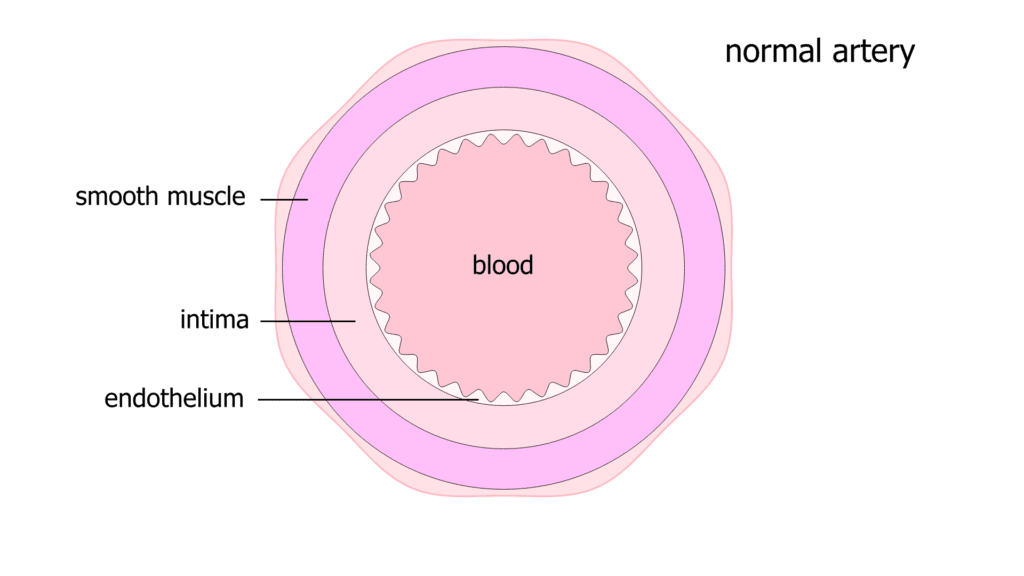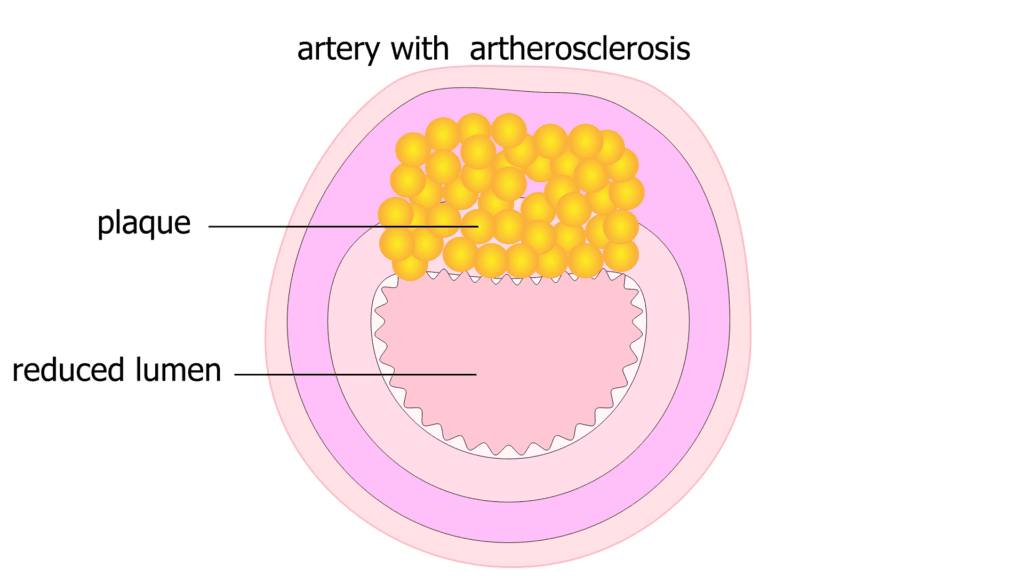Untreated
diabetes gives rise to very high levels of blood glucose from a normal of
80mg/100ml to as much as 1200mg/100ml. These elevated concentrations cause many disturbing negative
effects in the body:
a loss of as much as 100g of glucose into the urine each day
The kidneys can reabsorb a maximum of 375 mg/min. When the glucose filtering through the kidneys exceeds this amount, glucose is excreted into the urine.
a severe dehydration causing thirst
Because glucose cannot freely enter cells, the resulting high levels of glucose in the extracellular fluid causes water in the cells to leave. The cells then become dehydrated.
Furthermore, because the kidneys are excreting glucose, the high concentrations around the kidney tubules stop water from being reabsorbed into the body. The overall result is massive dehydration causing insatiable thirst.
damage to nerves
Elevated concentrations of glucose in the blood affect nerves, but it is not well understood how.
A study suggests that blood flow to the connective tissue (endoneurium) surrounding the insulation of a neuron is restricted.
The impaired blood flow means that there is a resulting lack of oxygen to the connective tissue cells.
Somehow the damaged connective tissue cells in turn damage the insulation sheath around the neuron. Diabetes 1986 Sep;35(9):1058-61.
damaged nerves cause:
decreased sensation in the fingertips and toes
bad control of the heart and blood vessel system
defective bladder control
· artherosclerosis


Artherosclerosis is the severe deposition of plaques of fatty material in the inner walls of arteries. These artheromutatous plaques, as they are called, reduce the lumen of the arteries and therefore the flow of blood.
In some cases the lumen can be reduced to zero and blood flow is blocked altogether. Artheroslerosis eventually causes stiffening and hardening of the arteries.
increased blood pressure
High glucose concentrations increase the volume of fluid in the body, which increases blood pressure. Over time, with this increased pressure, blood vessel walls are damaged and artherosclerosis occurs.
The structure of arteries eventually remodel and harden, which further increases hypertension.
tissue injury

acidosis of the blood
This leads to diabetic coma and death.
severe weight loss and energy loss
This leads to death in a few weeks.
In order to address the problem of T2D, we need to consider what exactly causes the disease.


